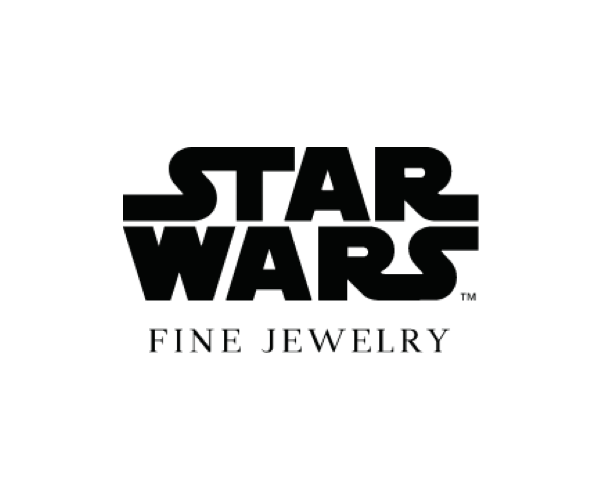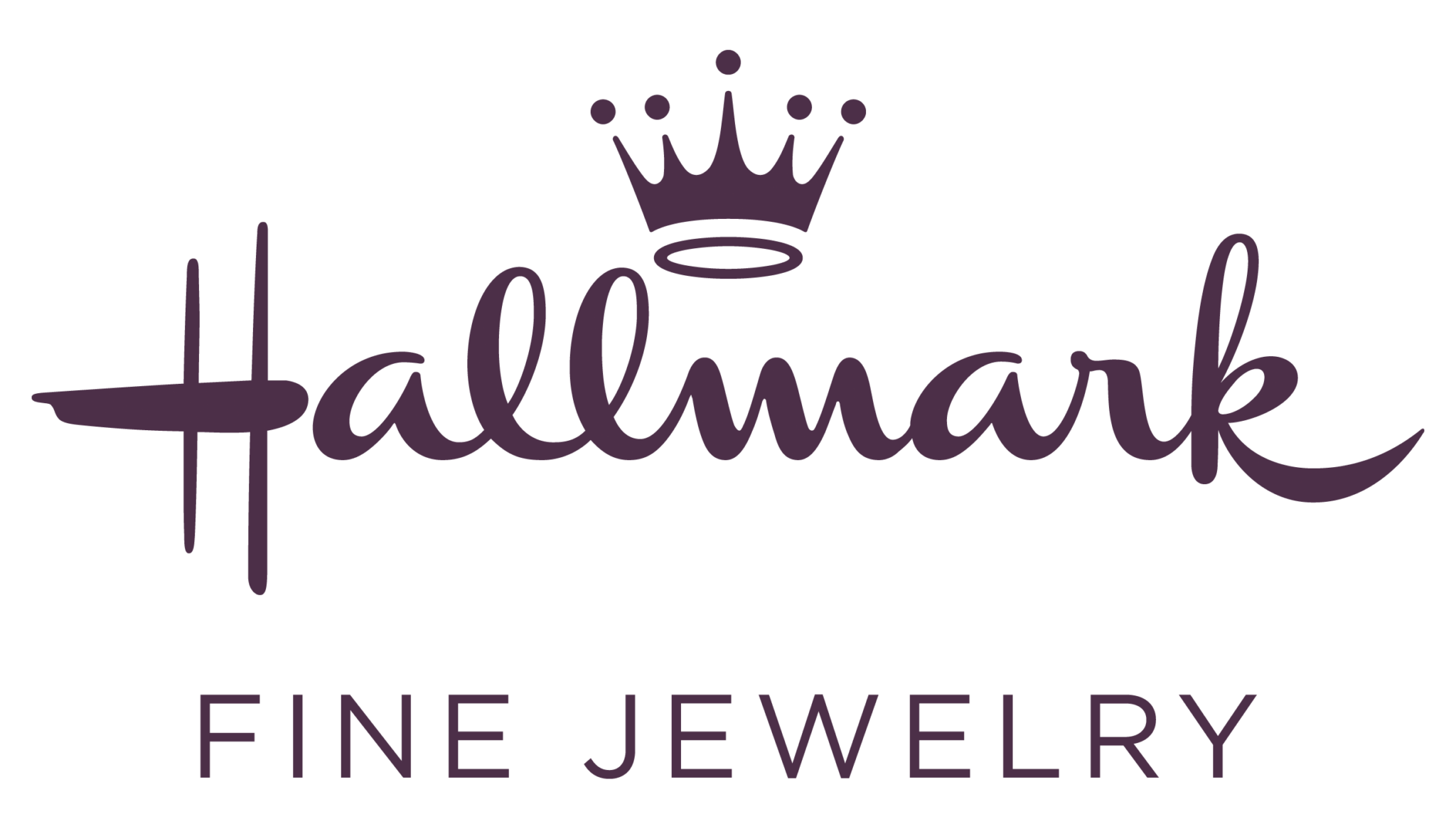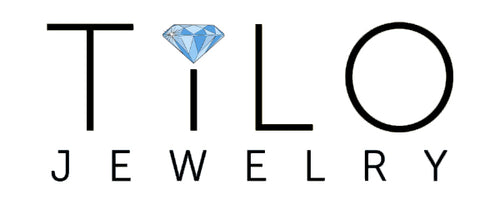Specializing in software for jewelry eCommerce we at Valigara are often asked, why we are “limiting” ourself to this specific industry. What is special in jewelry and diamonds eCommerce? What is it different from other industries? What special knowledge does it require to sell jewelry online? Is the market hard to reach? How can ROI and sales productivity be improved? These are some answers to these questions, and general knowledge on the jewelry eCommerce today.
Jewelry eCommerce Uniqueness
It is quite regular thinking for the e-commerce people saying that whatever eCommerce experience they had before in other industries, they will be able to succeed in jewelry and diamonds eCommerce as well. Be it electronics or real estate, most eCommerce people imply that sales principles apply equally to any product.
From our experience, it is much more sophisticated than that. In many ways, selling jewelry online is a different and unique process. Let us go through some of the most important aspects that will help you get a better idea of how online jewelry sales work and what makes it different from the e-commerce in other industries.
Standardized vs. unique products
First, an essential concept about jewelry is that it is a unique, not standardized product. This means, that the potential buyer does not precisely know what he is buying. Each jewelry piece or model is different. Even if there are hundreds of sellers offering the most popular “1 carat G/VS2 white gold diamond engagement ring size 7” on eBay, Amazon, Etsy, Sears or on their websites, rings are not the same. And this is what makes selling a diamond ring and selling an iPhone ultimately different.
Marketing standardized products is characterized by seller’s (and buyers) ability to compare his offering with that of his competition. Pricing, service level, guarantee – everything can be compared with the industry benchmarks and so you can position your store most effectively. Exactly same standardized products can be bought in any store specializing in the specific industry.
That changes when you approach jewelry business. For one thing, it is impossible to compare. There is no way one can objectively evaluate the difference between a ring, produced by two different jewelers, or understand how the pricing works. This lack of ability to standardize products leads to uncertainty with pricing, and buyers behavior.
Of course, this situation is beneficial for sellers as they can play around with prices. On the flip side, they have to work harder to understand if their products are competitive and if prices are adequate. And to explain the buyer, what makes their offer most attractive.
For a standard product, one can use repricing algorithms. There are many automatic repricing tools which help to define if our items are competitive on sites like eBay or Amazon. Let us say we have a variety of Canon cameras with specific lenses. We can use repricing tools as well as research the marketplace for competitors’ prices. This helps us evaluate our pricing and update it according to our idea of positioning the store.
Now, in jewelry we have no such thing like ASIN number or PIN enabling us to easily find our item and start offering our jewelry, pricing it a few dollars cheaper to beat the competition.
Product Certanity
In addition, Jewelry uniqueness and inability to compare provides a window of opportunity for potential fraud. For instance, the regular customer who buys electronics or other standardized products knows exactly how they should look like as well as the quality standards and functionality they should provide.
On the contrary, when it comes to jewelry, the buyer does not know for sure what the jewelry is supposed to look like and how it will function. Many vendors try to capitalize on this and feel tempted to fraud buyers. This means selling jewelry demands an additional layer of trust on the part of buyers so that they will prefer our products to unknown (possibly fake) items.
Unique Jewelry eCommerce
Let us assume we sell our products on Amazon, eBay or Bonanza. We also have our own stores. Having sold the products for, say, twenty times in the last few months, we created some history for the products. Twenty sales translated into twenty positive customer testimonials. Of course, large sites like Amazon favor such vendors and promote then.
What happens when we sell unique items? For example, we market a necklace with a special diamond, one of a kind or certified by GIA. The gemstone is unique and once it is sold, it cannot be reproduced. Then, we cannot create a positive history for our products on the marketplace. This means we need to work harder to earn clients’ trust so they are confident in the quality of our jewelry.
Virtual Jewelry Inventory
Selling jewelry involves bundling. Bundling in jewelry is much more challenging than in electronics or fashion industries. Oftentimes, we prefer to sell the same item (particularly loose gemstones) as part of another item. Now, this brings us to a very interesting inventory considerations.
Most jewelry sold online is not a real product – it is a virtual product. If we have a semi-mount ring (the ring without the central stone), we can insert any central stone, after the ring was ordered. We might use 0,60-, 0,65- or 0,70-carat diamonds, or 14k and 18 gold purity in our offers.This allows creating almost infinite offers bearing different stones for the same jewelry model, as the diamonds might look almost the same in the product pictures.
In our experience, most items in the marketplaces (the ones that allow this, anyway) are virtual. It is a whole new concept because sellers do not have to keep the real stock. One can keep separate stock for gemstones and models, and combine them by need, instead of growing infinite stock of the ready-made jewelry.
In many cases the item does not exist at all until it is sold. Only once it is sold, it comes into production. If organized efficiently, your production process can be a huge competitive advantage. If you are able to produce your jewelry in two or three days, you would not have to deal with any stock issues.
Product Variations and Stock
At the same time, there are many variations of the same jewelry.The same jewelry can be produced in different sizes and using different materials like Rose Gold, Yellow Gold, White Gold or various stones like onyx or quartz. This means production of stock will require huge budgets.
Once the stock is ready, seller might want to use advanced fulfillment solutions, which are very helpful for eCommerce. Sending items to fulfillment centers in close proximity to clients can critically boost online sales. However, it is difficult for jewellers to work this way, because the same ring f.i. has to be sent in many different sizes.
Wearability and its Impact on Sales
What has to be taken into account in selling jewelry eCommerce online is that jewelry, being a non-standard and wearable product, has to be worn by the buyer to finally decide if it is okay. Unlike buying a digital camera, umbrella or chair, you will be able to feel and evaluate the ring, earrings or necklace only once it’s on your body.
This means that seller has to be very cautious and service-oriented. Oftentimes, clients order the wrong size and ask to return the item, even if the product itself is perfect. In other cases, they might kindly ask seller to partially refund the purchase to fund the resizing of the jewelry, change the clasp or make some other adjustment at the local jeweler’s.
So, unlike mobile phones, the buyer can say that jewelry is a perfect match only after the buyer puts it on, physically. That is the reason one sees so many photos and videos with jewelry worn by real people on the product pages. We strongly recommend including such content on your site as well. Viewing the earring on the model makes it easier for potential buyers to imagine how that item will look in real life.
Visualizing the Offer
Jewelry is a visual product. For some businesses, taking pictures of products is not critical. But that’s definitely not the case with jewelry. Again, unlike buying a mobile phone or electronics, buyers have no idea what they buy, unless seller gives them pictures and videos.
For this reason, it is very important to invest in professional photos, preferably taken in-house. First, this will allow you to produce as many pictures as the market needs. Second, we often hear requests from buyers, asking to provide a couple of additional shots: on the body, in a different metal or gemstone color or in a different lighting. This is why we strongly recommend that the photography will be made in-house. Selling a visual product like jewelry is a unique process and pictures do play a critical role.
Emotional Purchasing of Jewelry Online
Jewelry is an emotional purchase. During the sales process, we need to understand the right emotional upswing in order to close the deal with a potential buyer. This is very different from buying a camera or a cell phone. Whether it is a gift intended for engagement, birthday, wedding, Mother’s Day, or Father’s Day, the purchase is very emotional. We have to address the emotional side of the purchase to sell better.
Legislation, Certification and Trust
Legal and international setting of your business organization is important for eCommerce. Selling jewelry requires approvals, certifications etc. Marketing-wise , jewelry and diamond sales online benefit from external certifications like a Certificate of Origin, gemstone certificates, issued by an independent gemological institute, value appraisal or other proofs to support the high quality of the jewelry.
Additionally, specific legislation issues have to be checked. Countries introduce limitations on importing or exporting jewelry, gold, diamonds, and other fine metals and precious stones. So before you decide to enter the global e-commerce jewelry markets, it’s important to address all these questions. Carefully check if you will be able to sell to your target country, and how the payments, billing, currency exchange between different countries will be arranged.
Jewelry eCommerce Logistics
Logistics in general is crucial for successful eCommerce business. Jewelry logistics online has its own issues. Not all carriers are content to deliver specific kinds of jewelry and diamonds (f.i. loose diamonds, or fine jewelry above $2500). In some cases – because of the insurance and legislation. Likewise, not all carriers can provide the required infrastructure for transporting diamonds, gold, etc. Check this before making the decision to sell your jewelry worldwide.
Jewelry Management Software
Well, here is where Valigara gets into the game. Professional jewelry software for selling jewelry online has to be integrated with relevant marketplaces, understand jewelry product structure, support the jewelry and gemstones stock, be strong enough with product images, provide solutions for variations, sizes, virtual inventory and much more.
Conclusion
Looking back at the classic, “brick-and-mortar” world, our grandparents and parents were buying jewelry in specialized jewelry stores, milk in the grocery store and cars from the car dealer. Selling jewelry on eBay, Amazon, Etsy or your website is not different. Technology might change, but selling online successfully means being professional, and get deep into each small detail, which makes your online business stand out in the competition.
Enjoy selling!





























